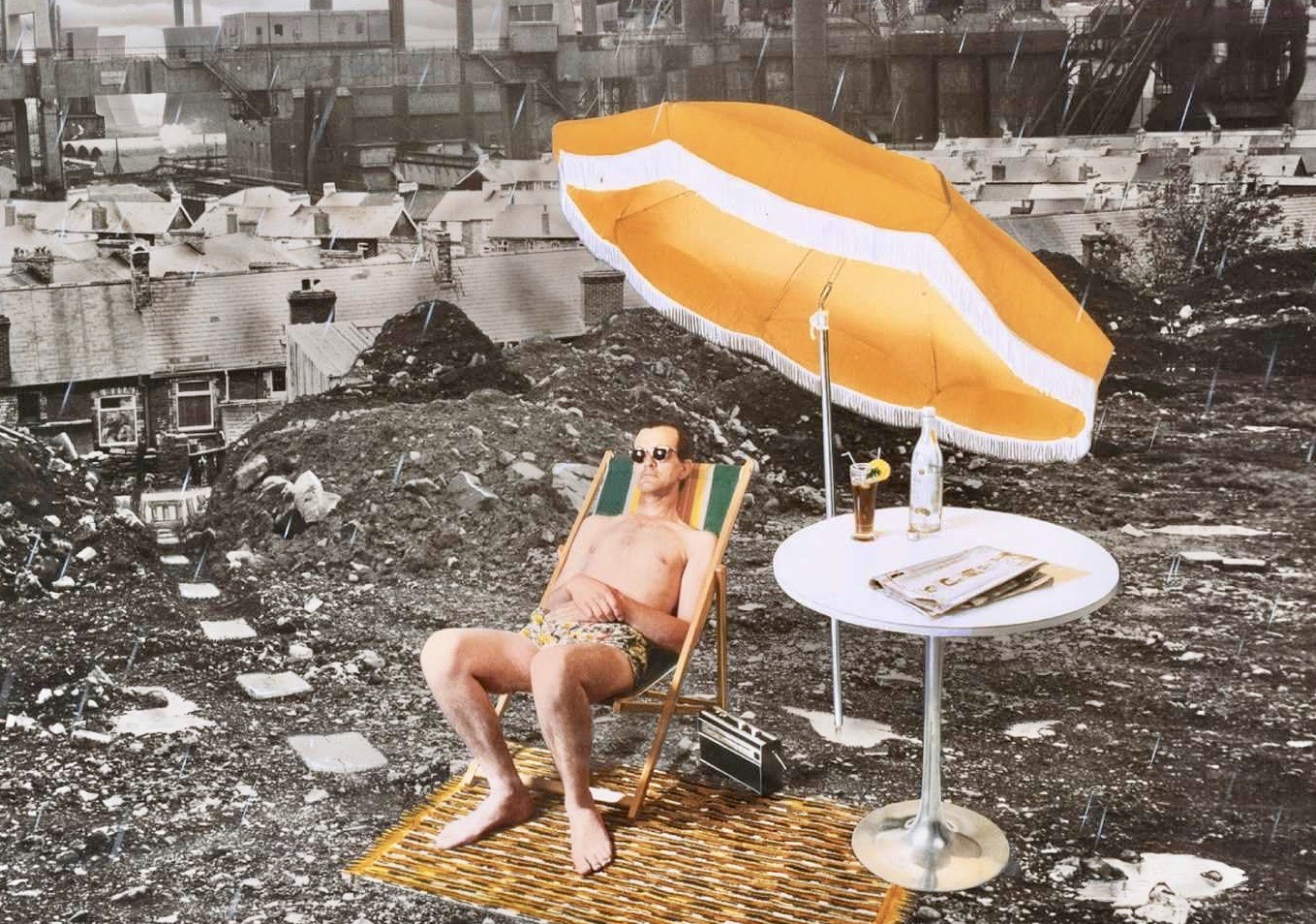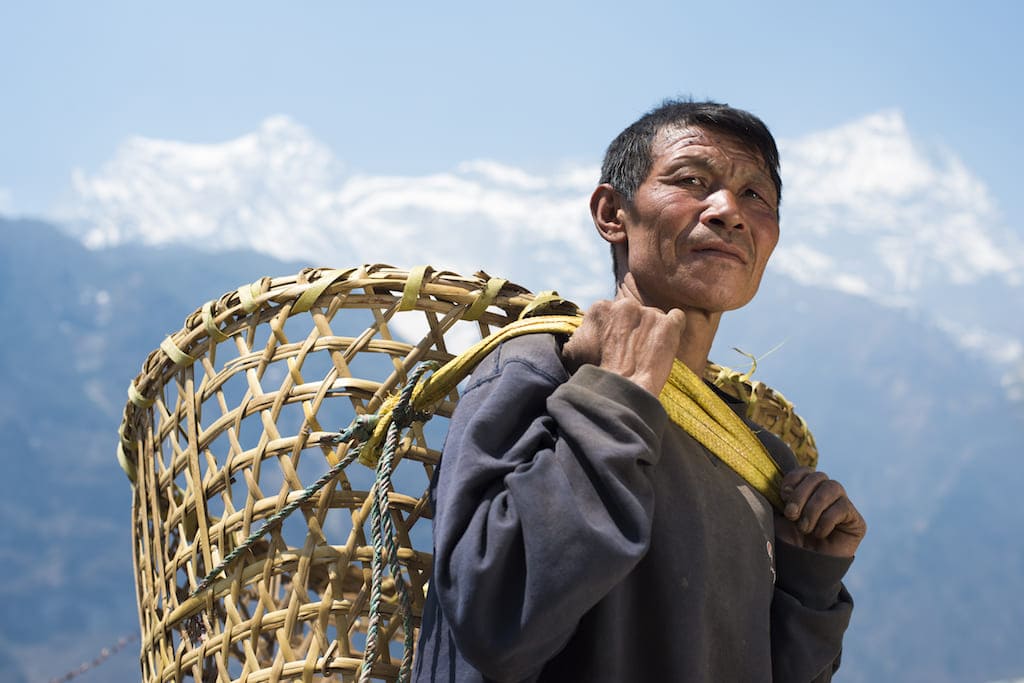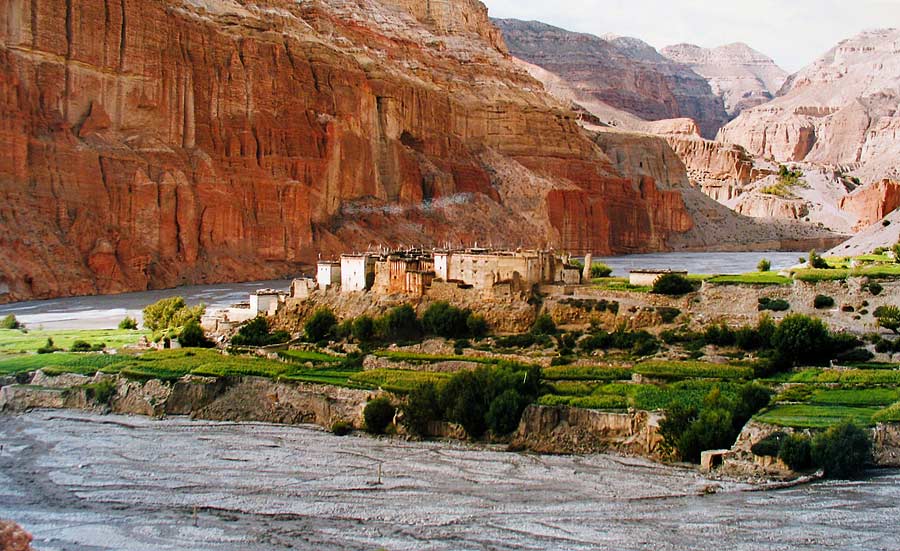You can contact us by e-mail or phone
from uk
01405 862917
outside uk
+44 1405 862917
01405 862917
+44 1405 862917
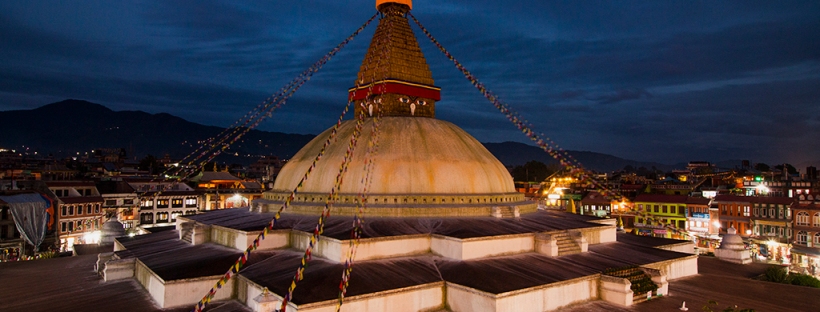
Nepal - UNESCO World Heritage Sites
Snow Cat Travel - A UK registered trade mark
Nepal is of course world famous for the snow covered peaks of the Himalaya, not least the highest of them all…Everest.
But, Nepal is also home to a rich culture and heritage too, so it should be no surprise that when it comes to UNESCO World Heritage Sites, well….Nepal has more than its fair share.
These UNESCO World Heritage Sites aren’t all buildings and monuments either. Both the lowland steamy jungles of Chitwan National Park, as well as the mountainous Sagarmatha National Park (more often referred to as the Everest National Park) are indeed both worthy of World Heritage status too.
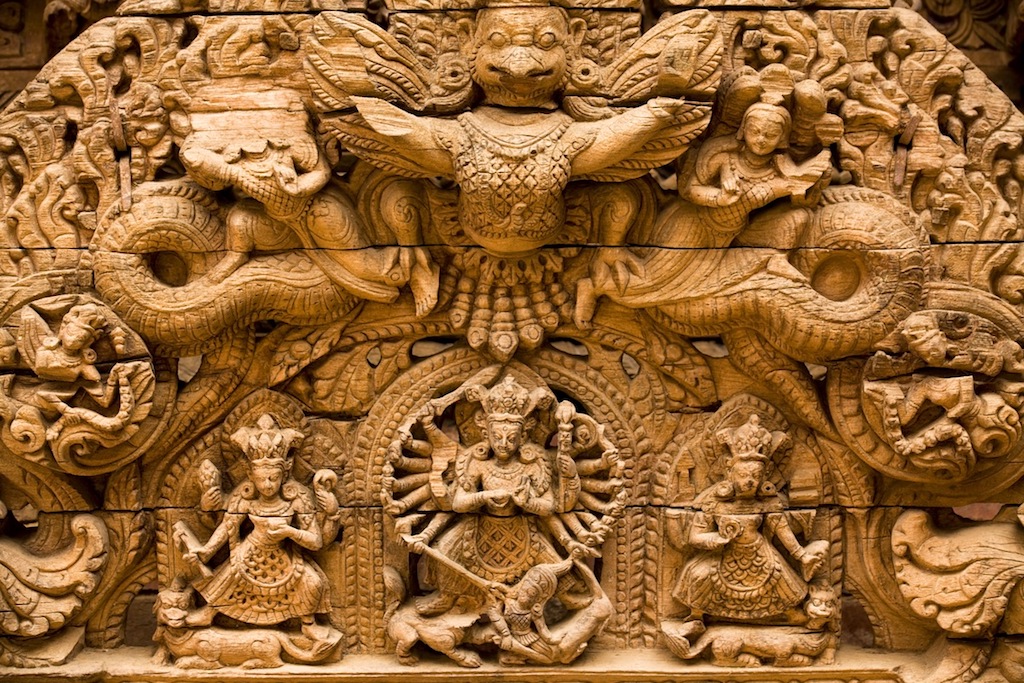
You could almost argue that the entire Kathmandu Valley area is one big World Heritage site and you wouldn’t actually be far wrong as it is reputed to hold the greatest concentration of World Heritage Sites in the world.
The cultural heritage of the Kathmandu Valley is illustrated by seven groups of monuments and buildings which display the full range of historic and artistic achievements. The seven include the Durbar Squares of Hanuman Dhoka (Kathmandu), Patan and Bhaktapur, the Buddhist stupas of Swayambunath and Bouddha and the Hindu temples of Pashupatinath and Changu Narayan.
Meanwhile there is also Lumbini, birthplace of Buddha.
So, let’s take a closer look at each of these.
Colourful, chaotic and an assault on the senses-Nepal’s capital city of Kathmandu is a mix of everything. Literally!
Dominated by the Hanuman Dhoka Durbar (or Hanuman Palace) and flanked by a statue of the monkey god Hanuman, there are also erotic carvings to discover too on the Jagannath Mandir in the north of this UNESCO World Heritage Site. Study the Kala Bhairav and you’ll see Shiva portrayed as a fierce god, replete with a garland of skulls, eight arms carrying six swords, as well as an axe and a shield. In the north east of the Durbar Square is the amazing three-tiered gilded Taleju Mandir-the largest temple in Kathmandu.
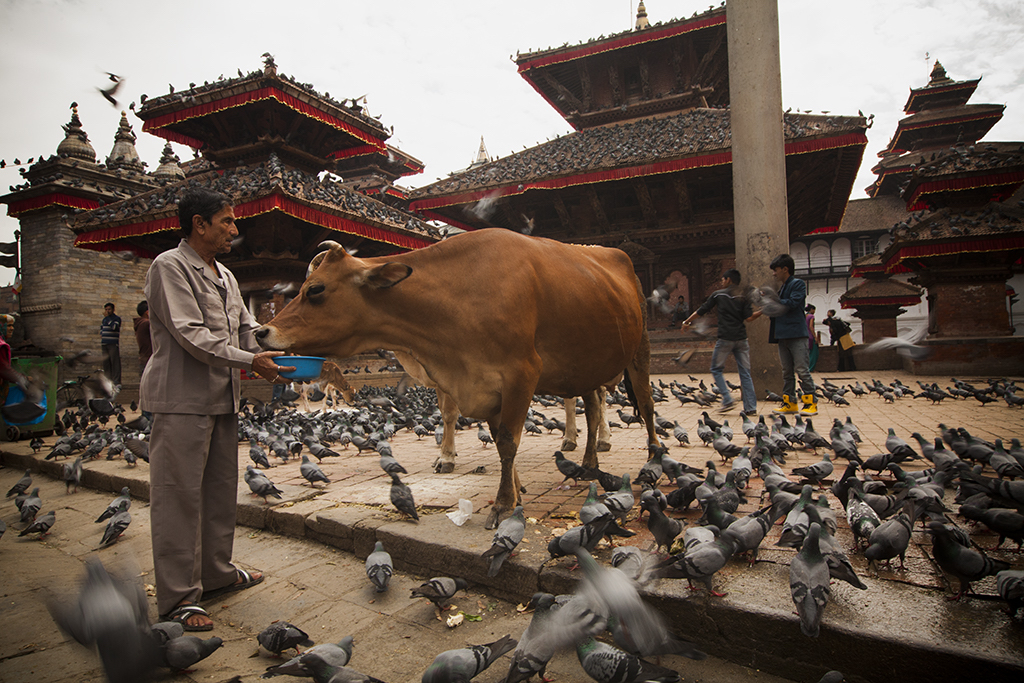
Needless to say, the Durbar Square is usually very busy with tourists during the day and is probably what most first time visitors to Nepal imagine all of Kathmandu to be like.
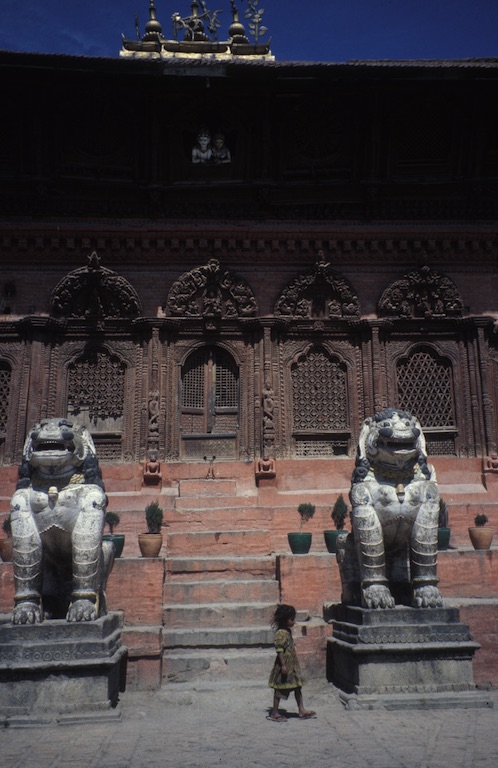
That apart, the Durbar Square in Kathmandu is a truly magnificent sight and definitely worth a visit.There are actually over 50 temples and ancient monuments. Look out for the Kasthamandap (House of Wood), that dates from the 12th Century and is the original “centre” of Kathmandu.
Sagarmatha is the Nepali name for Everest. One literal translation of Sagaramatha being “Goddess of The Sky”.
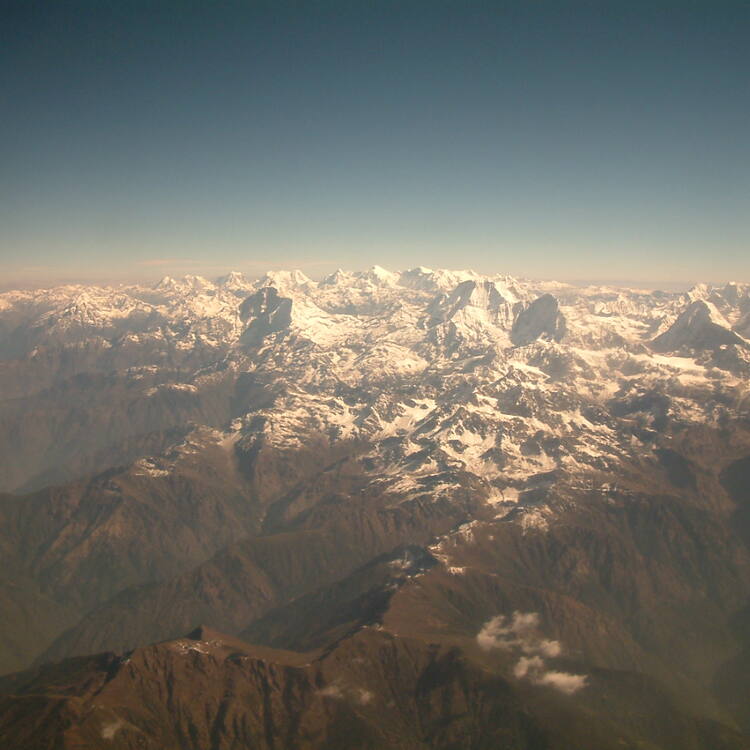
However, there is considerably more to the Sagarmatha National Park than Everest, although featuring the highest mountain in the world is a pretty good USP in itself.
The region is home to the Sherpa people. Although perhaps more synonymous with climbing Everest, the Sherpa were and still are herders, farmers and traders. The Sherpa capital being Namche Bazaar, which lies at almost 3500m and is the largest settlement in the region and a stopping off point on the trek to Everest Base Camp.
As well as Everest, other notable mountains in the Sagarmatha National Park include iconic Ama Dablam, Lhotse, Nuptse and Thamserku.
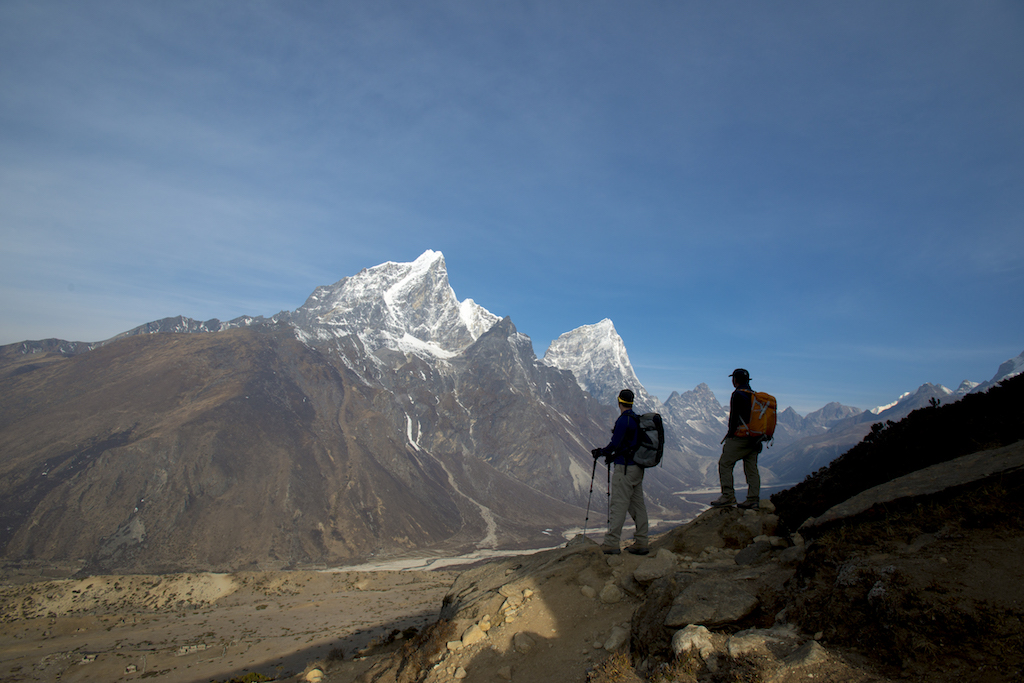
Several rare species, such as the snow leopard and the lesser (red) panda, are found in the park and of course the persistent legend of the yeti still prevails in spite of the lack of any substantial evidence.
To explore this spectacular landscape you would take the short flight from Kathmandu to Lukla and then undertake several days of challenging trekking at pretty high altitude. However, there can be no easier (or dramatic) way of seeing this region than from the air and there are several daily flights to view Everest from Kathmandu, as well as the option of chartering a private helicopter.
Perhaps better known as the “Monkey Temple”, this ancient Stupa sits on top of a hill on the outskirts of Kathmandu. The original site dates back over 2,500 years and marks the place where Manjushri discovered the lotus of the valley lake. It’s believed that the entire Kathmadu Valley was in fact a huge lake at one time.
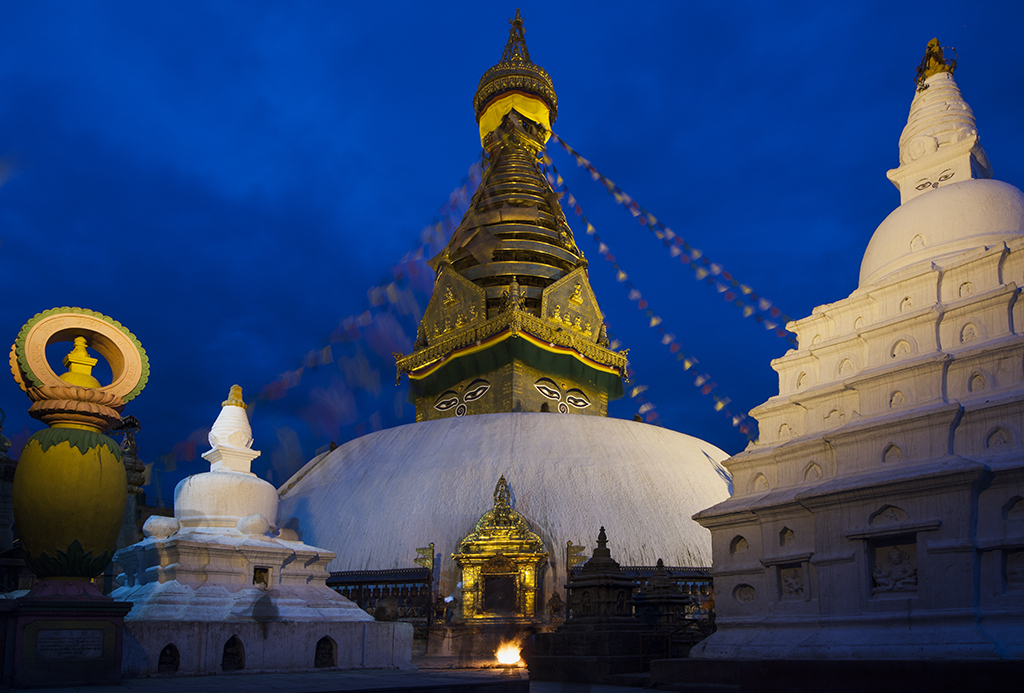
The best way to approach Swayambunath is to walk up the stone steps and through the woodland. Look in the trees and you might see Kites. Of course as you reach the Stupa you won’t be able to miss the monkeys (rhesus macaques), they are everywhere….literally!
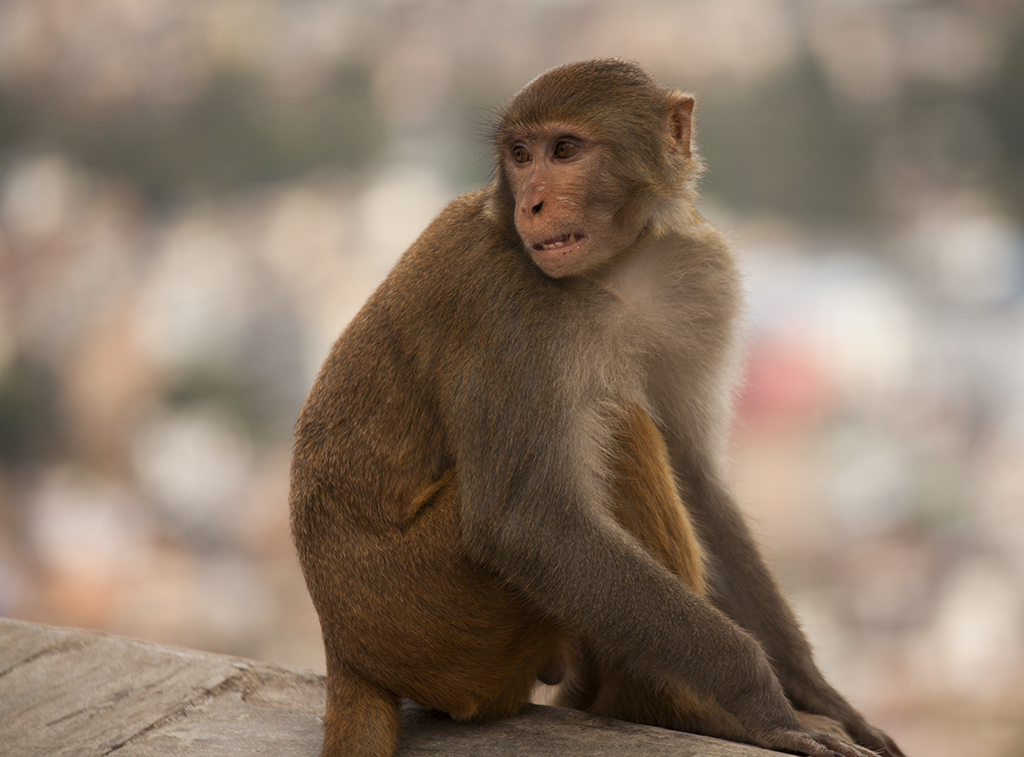
As well as the main Stupa, there are statues of Buddha, Ganga and Jumana, masterpieces of Newari bronze art. On clear days, there are great views from up here across the sprawling city and the entire Kathmandu Valley, as well as tantalising glimpses of the Himalayas too.
If you need a little peace, pop into the nearby adjacent gompa, or retreat to one of the nearby cafes.
Lumbini
Birth place of Buddha and a UNESCO World Heritage Site. Lumbini has changed a lot in recent years & decidedly for the better. A place of pilgrimage.
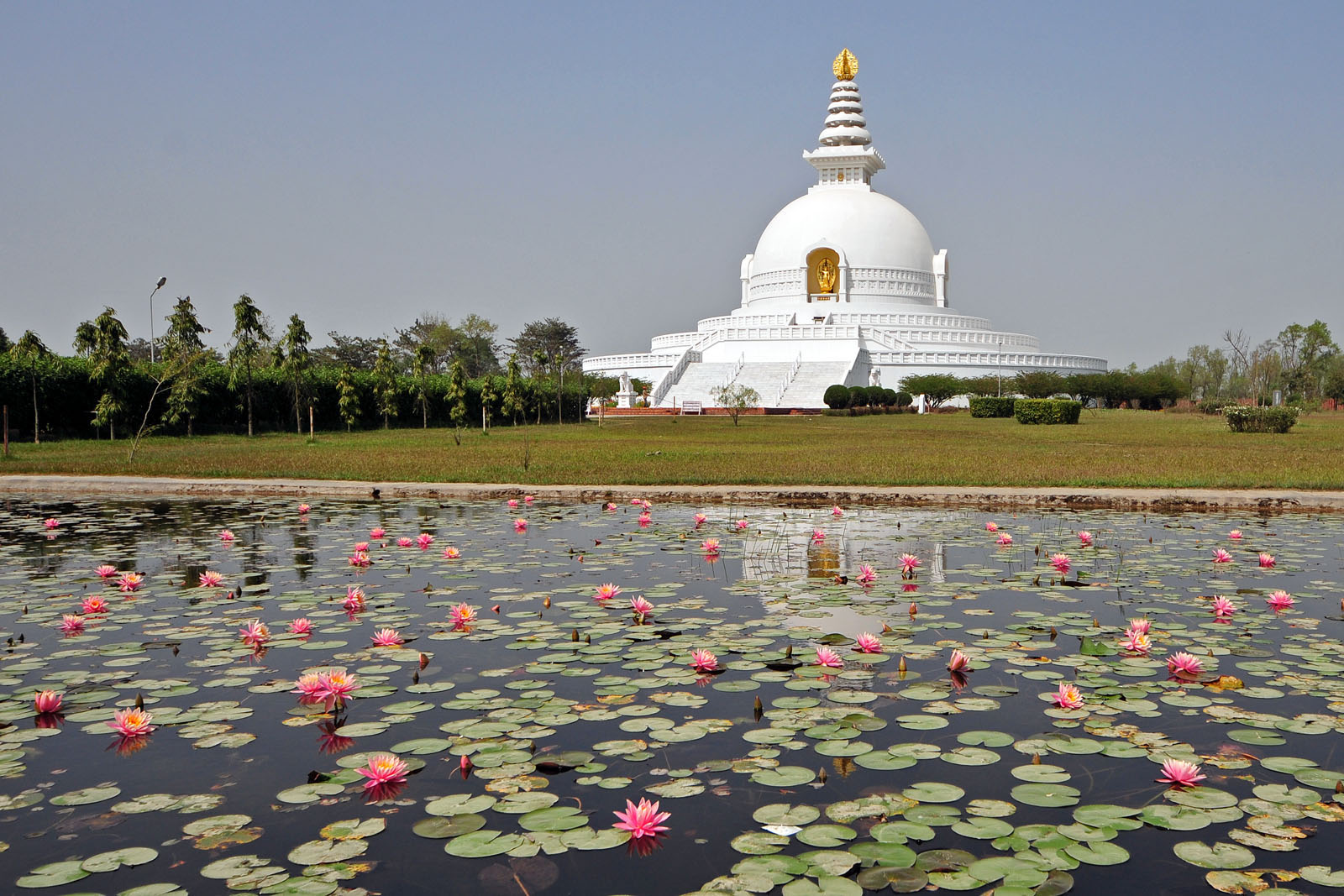
For many years those who made the long journey to Lumbini found there was not a lot there! The Maya Devi Temple, the Ashokan Pillar and that was about it. How things have changed since.
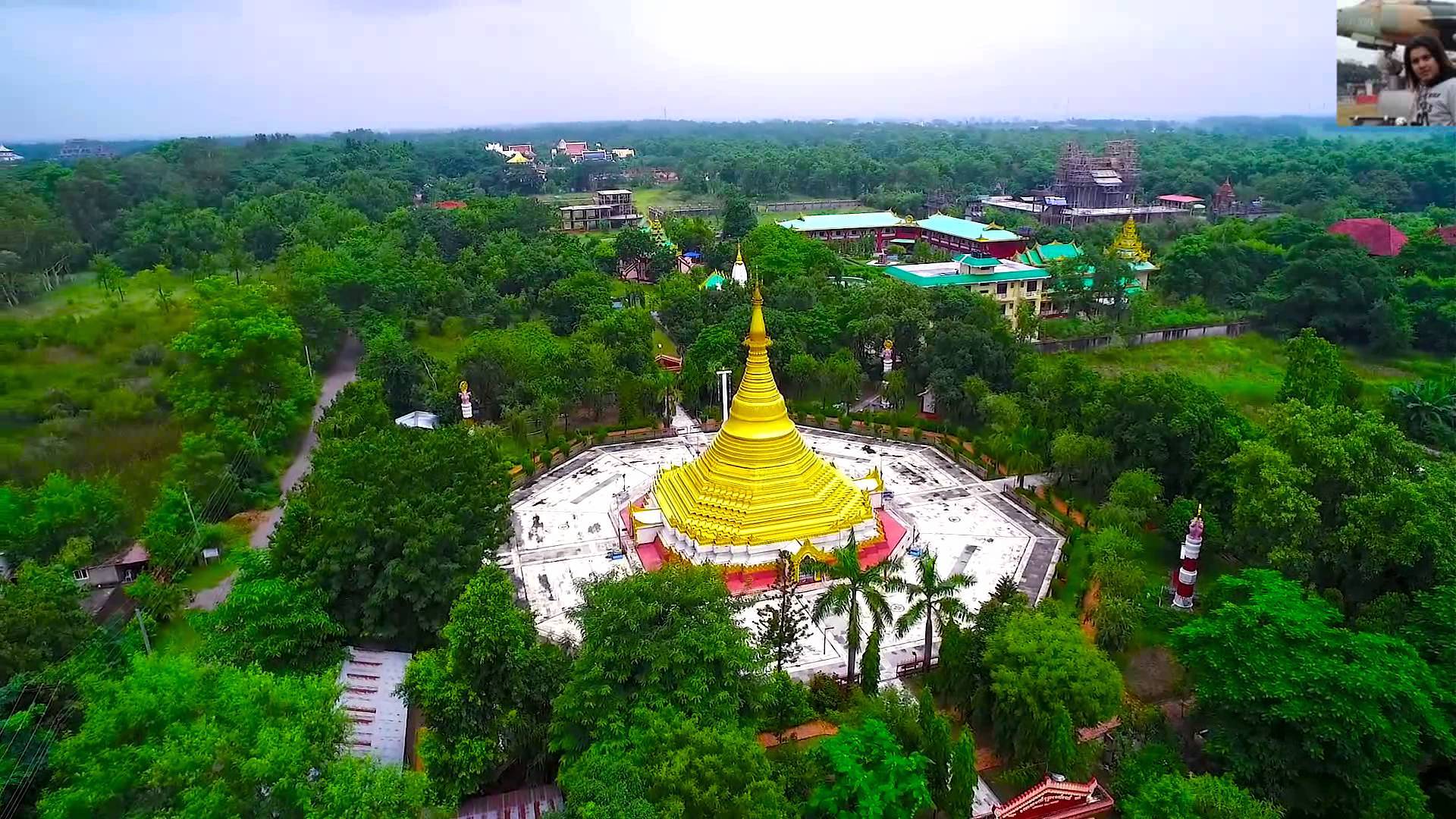
Plans were drawn up in the late 1970’s by a Japanese architect to make Lumbini a place of both pilgrimage and a tourist attraction too. So now there’s a Japanese stupa, a Burmese style pagoda, a Chinese style temple, some fairly formal gardens and a museum. The exact spot where Buddha is said to have been born hasn’t been moved to make way for the newer developments, which continue to be constructed.
Separated from Kathmandu by the Bagmati River, this the ‘city of beauty’ is an architectural delight of temples and bahals. Patan is also famous for its artisans producing excellent craftsmanship.
The Durbar Square of Patan boasts a Royal Palace, a stunning piece of Newari architecture and the Taleju Bhawani Mandir, a three-roofed tower with eight sides is particularly striking.
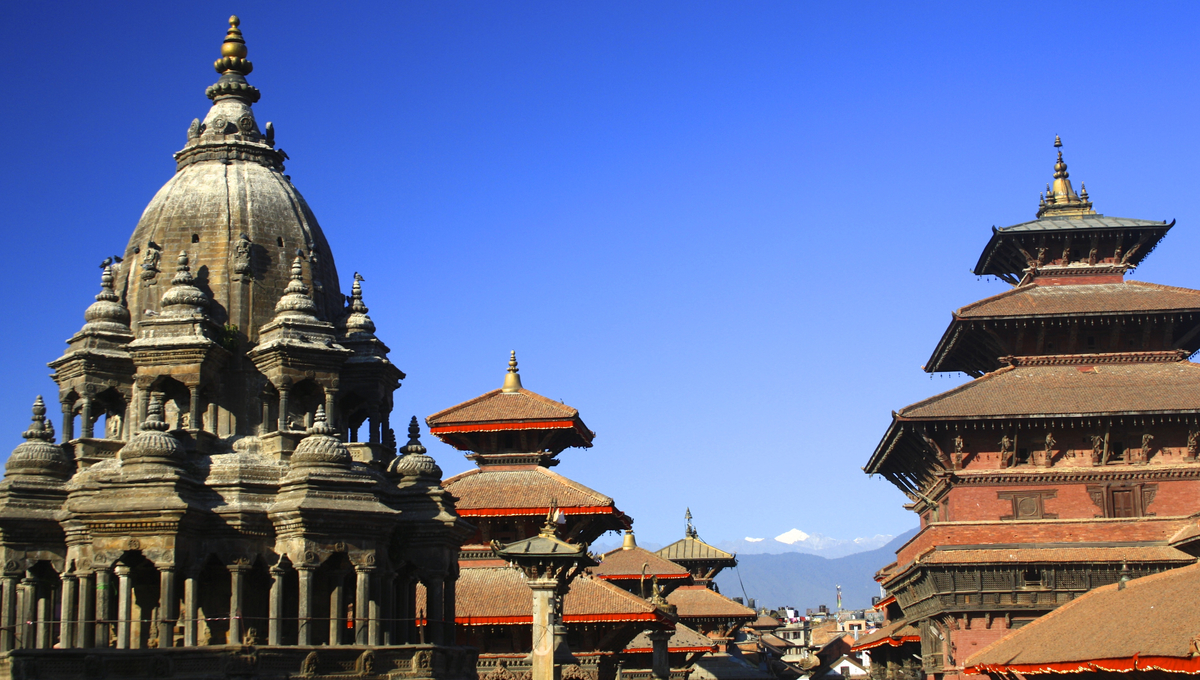
There are several exquisitely ornate temples within the Durbar Square too including the 17th Century Hari Shanar Mandir and Krishna Mandir.
Highly recommended is a visit to the Patan Museum. We think it is the best museum in Nepal and houses a wonderful collection of both Buddhist and Hindu art.
In the northern part of Patan there are several bahals to be discovered and for which Patan is renowned. These are two-storey Newari Buddhist monasteries constructed around a courtyard. The most famous being the “Golden Temple”, the Kwa Bahal.
The oldest temple in Patan, the Kumbeshwar Mandir dates back to the late 14th Century and features painstakingly hand-carved wooden doors and rare sculptures.
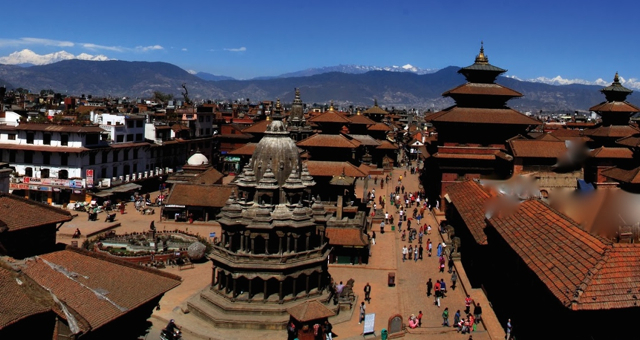
Of the four stupa’s to be found in Patan the Ashoka Stupa is the most impressive with mysterious painted eyes.
In the southern part of Patan, the Jawalkhel area contains a large Tibetan refugee population and the Tibetan Handicraft Centre is a great place to observe traditional carpet weaving and rather atmospheric too.
Not too far way is the Mahabuddha, the “Temple of the Thousand Buddhas”, featuring terracotta Buddha depictions.
The Thaina area is the place to go to see metal craftsmen at work.
The big attraction at Chitwan National Park is undoubtedly the Bengal Tiger. Chitwan boasts a population of approx 120 tigers and this is increasing.
A jungle safari in the hope of seeing a tiger is the main reason people visit Chitwan, but the contrasting Terai lands of the Tharu tribe are fascinating in their own right.
It is a very different experience to the mountainous parts of Nepal and visiting the hot and humid lowlands most certainly helps puts everything in context.
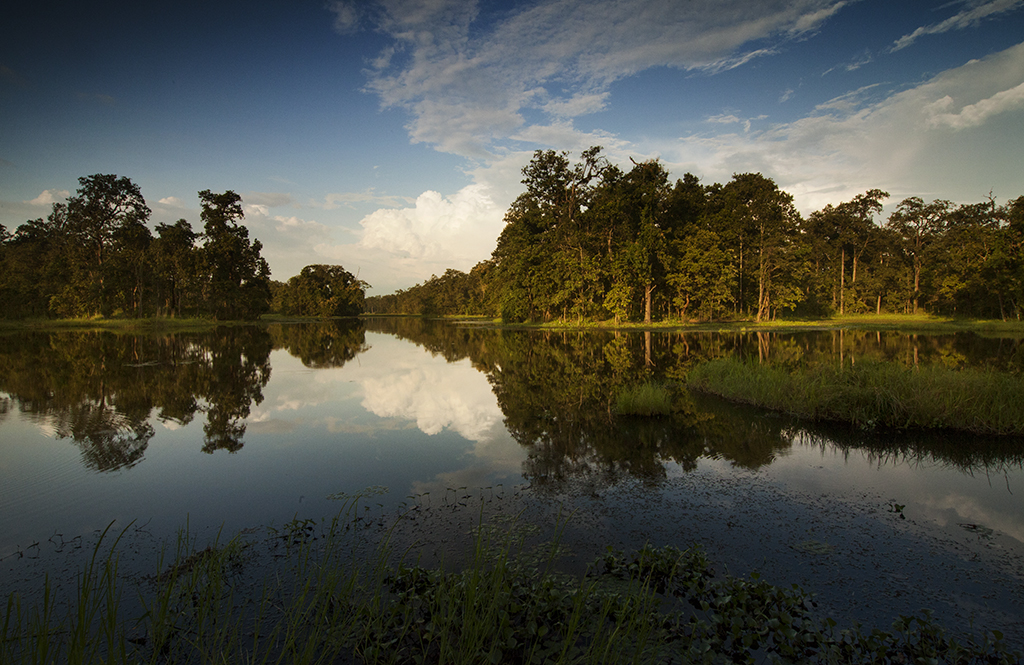
There are at least 43 species of mammals in Chitwan, over 540 species of birds, around 25 reptile species and who knows how many species of butterflies and other insects….lots.
That’s way too many for us to list here! But, we would say that your chances of seeing the likes of rhino, deer and crocodile in particular are high. Other animals you might hope to see include leopard, the sloth bear, rhesus monkeys, striped hyena, gharial and birds…..lots of birds.
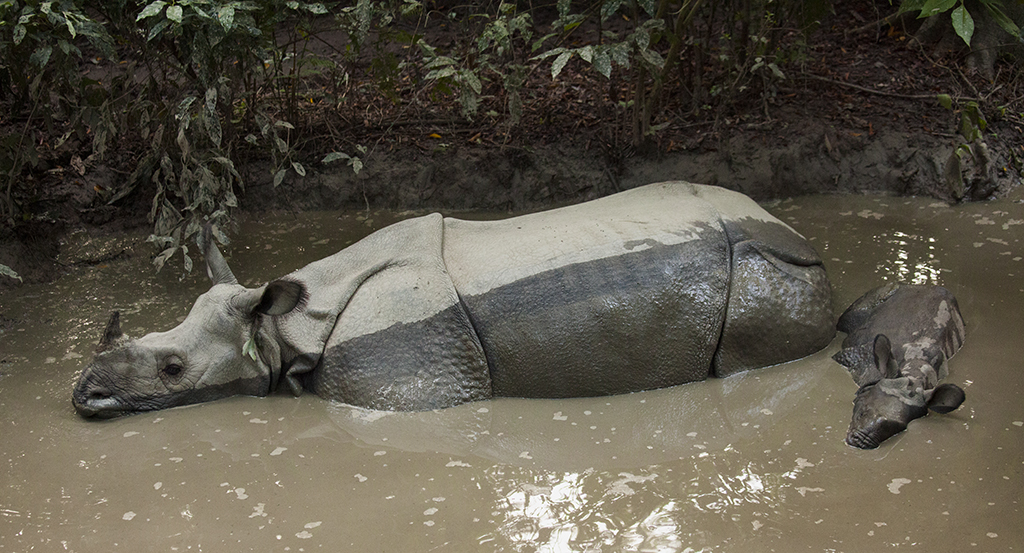
The main season for Chitwan is October-April i.e. outwith the monsoon season. Post monsoon (October- December) the grasslands refreshed by the monsoon rains are quite high, which can diminish wildlife spotting potential.
Also known as Bhoudha, Bouddhanath and Bodnath, this is the largest stupa in Nepal. A truly breathtaking sight too and one that you’ll not be able to resist taking lots and lots of photo’s of from every possible angle.
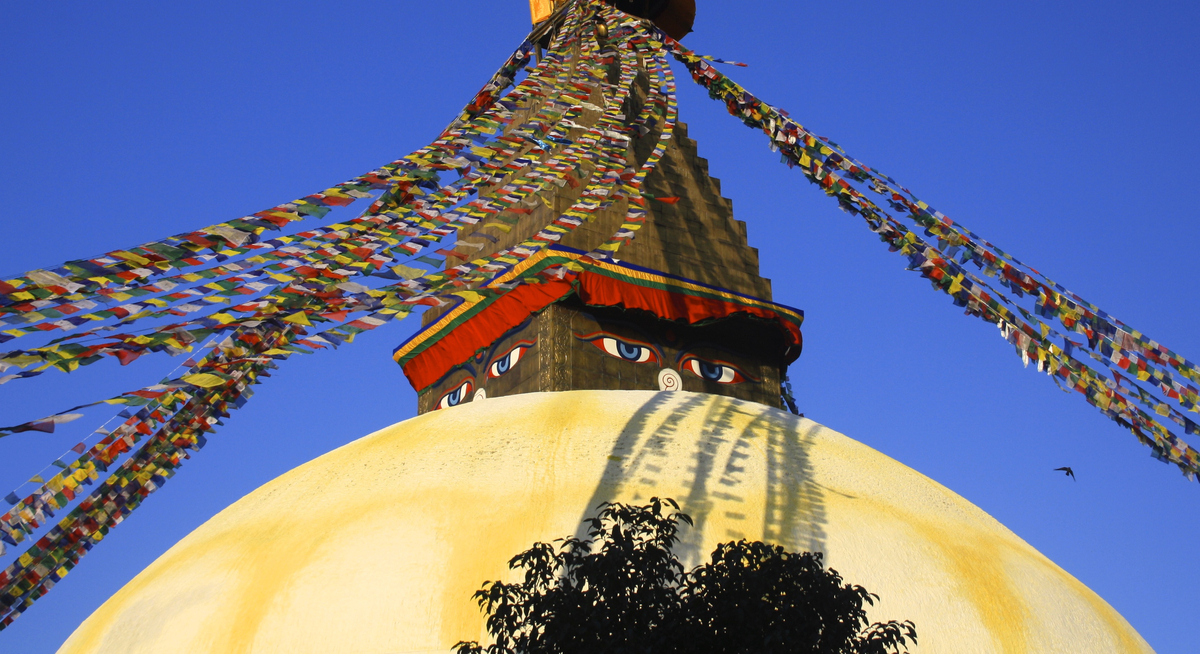
The immense white dome has the all seeing eyes of the primordial Buddha on all four sides of the tower structure, which is set on concentric, ascending terraces in the mandala pattern.
The stupa is claimed to contain the remains of Kassapa Buddha and around the base are prayer wheels and images of Buddhist deities. The stupa is on the ancient trade route from Tibet and Tibetan merchants have rested and offered prayers at the Stupa for many centuries.
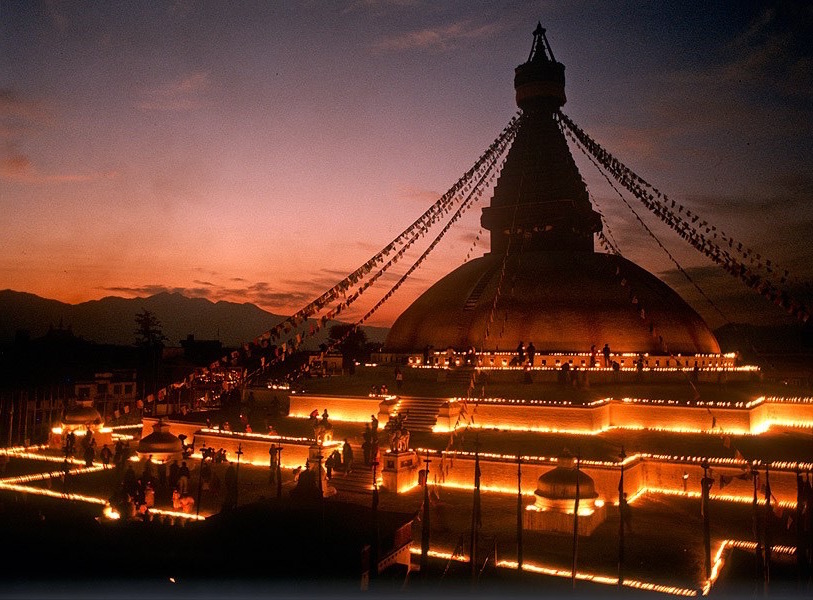
The local area is home to thousands of Tibetan refugees and whom come here to perform the kora. Their ritual clockwise circuit of the stupa. Late afternoon is a good time to observe this and for the best views, head up to the balcony of an overlooking cafe.
Technically speaking it’s the Durbar Square of In our opinion of the three Newari cities of the Kathmandu Valley it is Bhaktapur that is the most interesting and given that “old Bhaktapur” is quite small it’s very easy to explore on foot and that this part of Bhaktapur is pedestrianised makes it a very pleasant, unhurried experience for the visitor too.
The Durbar Square itself dates back around 700 years and was once the Royal Palace of the former Malla Kings of Nepal. However, the ornate “Fifty Five Window Palace” and the soaring pagoda of the Nyatapola Temple are arguably the most fascinating and striking here in the Durbar Square. that is a UNESCO World Heritage Site. However, Bhaktapur the “city of devotee’s” is perhaps the best preserved of all the medieval Newari cities in the Kathmandu Valley and is a small, concentrated area quite literally crammed with pagoda temples and ancient artisan architecture that collectively become a visual feast to behold.
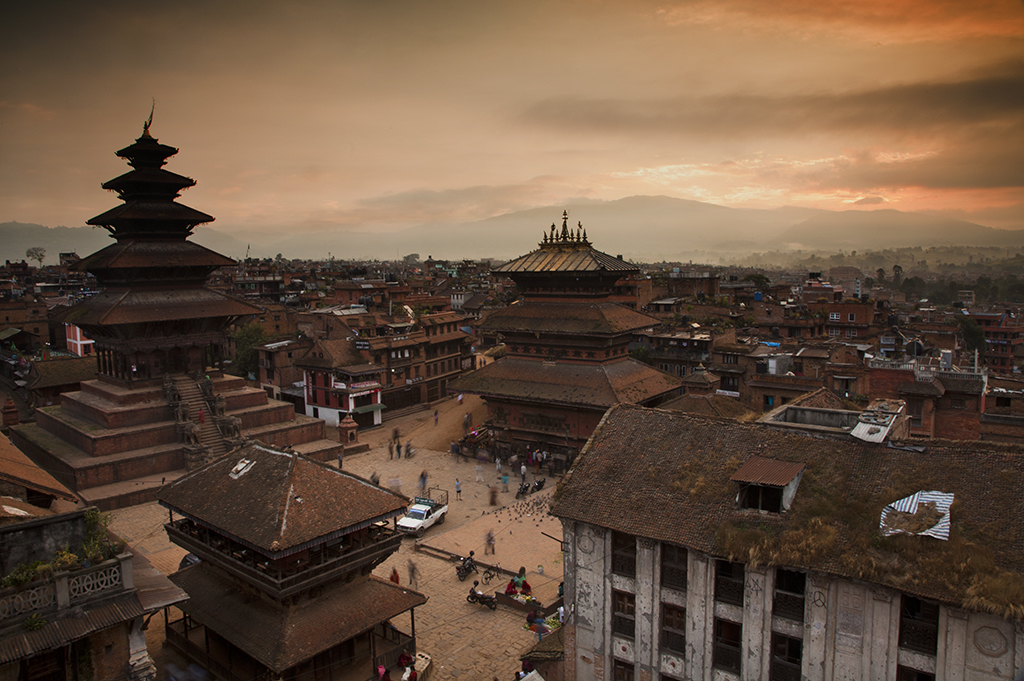
In our opinion of the three Newari cities of the Kathmandu Valley it is Bhaktapur that is the most interesting and given that “old Bhaktapur” is quite small it’s very easy to explore on foot and that this part of Bhaktapur is pedestrianised makes it a very pleasant, unhurried experience for the visitor too.
The Durbar Square itself dates back around 700 years and was once the Royal Palace of the former Malla Kings of Nepal. However, the ornate “Fifty Five Window Palace” and the soaring pagoda of the Nyatapola Temple are arguably the most fascinating and striking here in the Durbar Square.
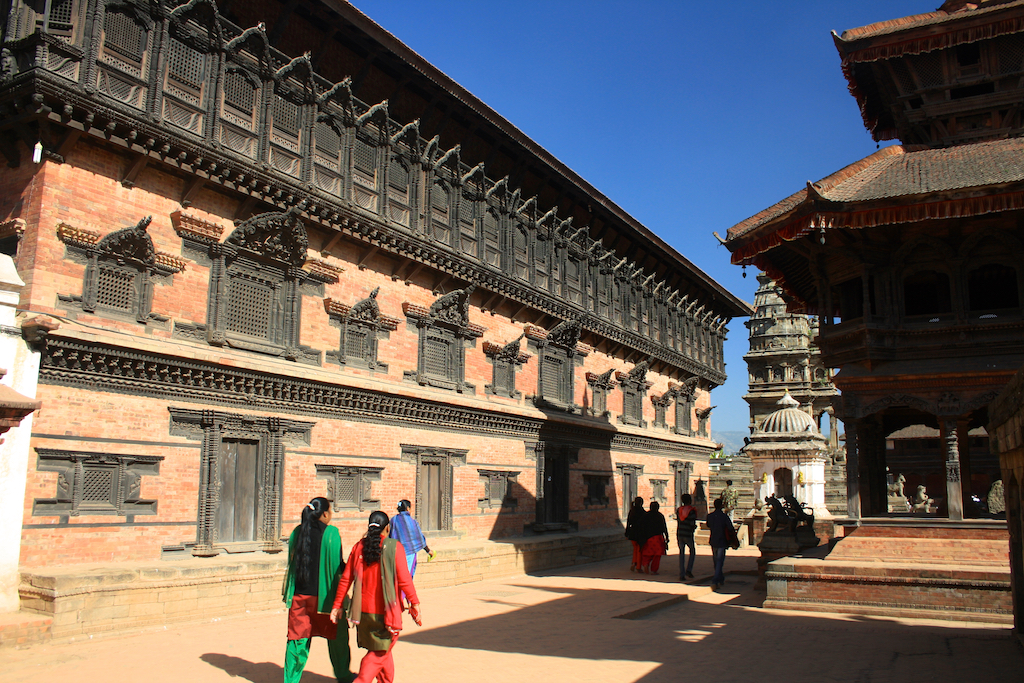
Look out for the Lion’s Gate and the Erotic Elephants Temple too.
There are indeed temples, statues and monuments aplenty and strolling around and exploring Bhaktapur is akin to being part of a living museum.
Be sure not to miss the famous “Peacock Window”. Head for the Potters Square and you’ll see terracotta vessels being made by hand in pretty much the same way as they have been for hundreds of years.
Changu Narayan Temple, near Bhaktapur
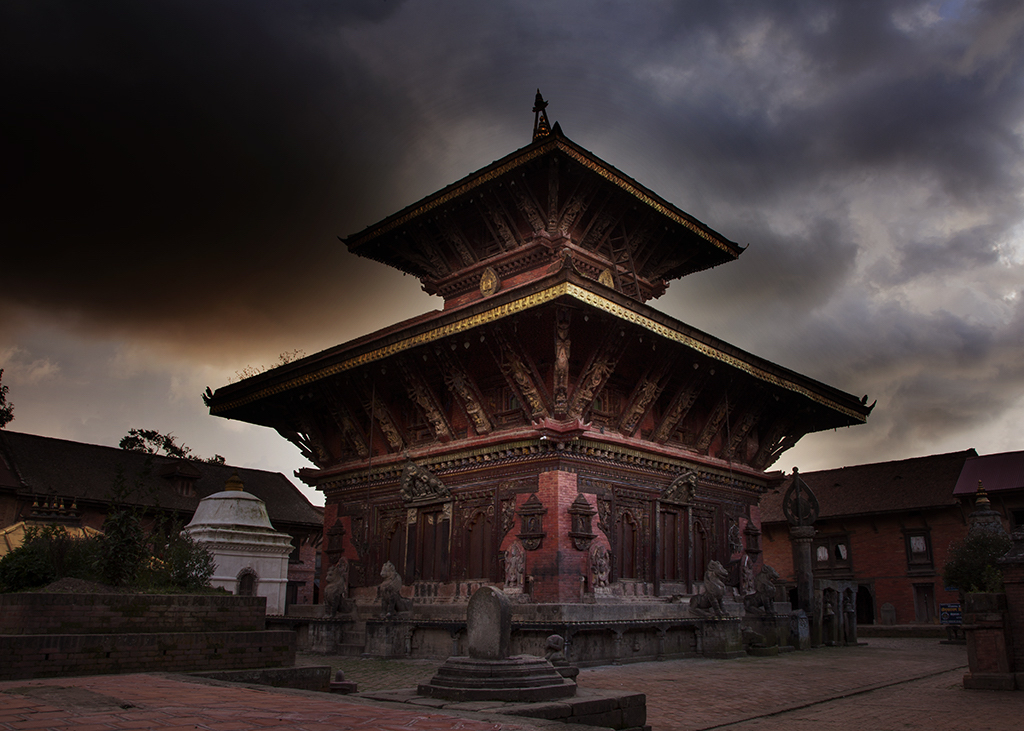
It is a two-tiered pagoda structure and was re-constructed in 1702 after the old one was gutted by fire. A stone tablet in the vicinity of the temple dates from the 5th century, the oldest such inscription discovered in Nepal. The main courtyard has several temples and idols of gods with intricate carvings in stone created between the 5th to 12th centuries, making it the highest concentration of ancient art in Nepal.
Located on the banks of the sacred Bagmati River, which is the divide between Kathmandu and the next door city of Patan, Pashpuatinath is the most important Hindu site in the Kathmandu Valley.
As Lord Pashupati, Shiva is worshipped here from far and wide as a lingam (phallus).

On the ghats is where you will likely see a cremation in progress. The ashes being scattered into the river.
Pashupatinath is also where you’ll find Sadhus (holy men), some are real, some are fake making some money posing for photo’s with tourists.
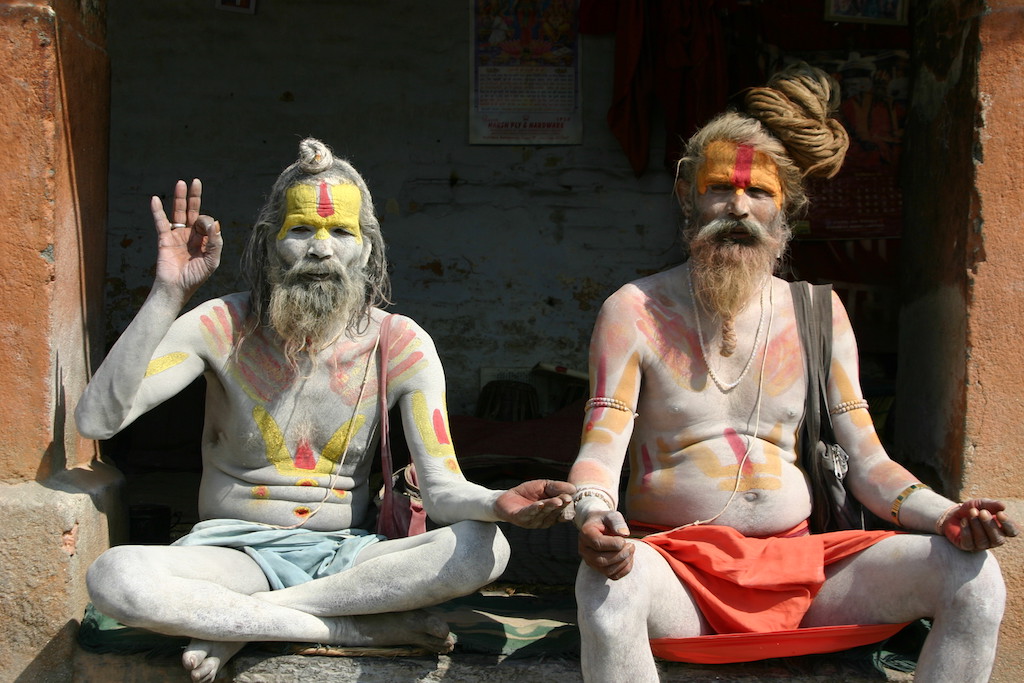
During the day it can be very busy with tourists here. We suggest a visit to Pashupatinath in the evening, when most tourists are back in Thamel and dining. Evening time is very ethereal and atmospheric, it’s when the locals come to pray and there’s also the daily Aarti (lamp floating) ceremony to observe.
As well as a pagoda the complex, which covers an area of around 245 hectares, contains over 500 mini-temples.
Gratuitous advert time.…you can visit all the Nepal UNESCO World Heritage Sites and more on our custom and exclusively private World Heritage Nepal tour.
This article was originally published on the Snow Cat Travel WordPress site
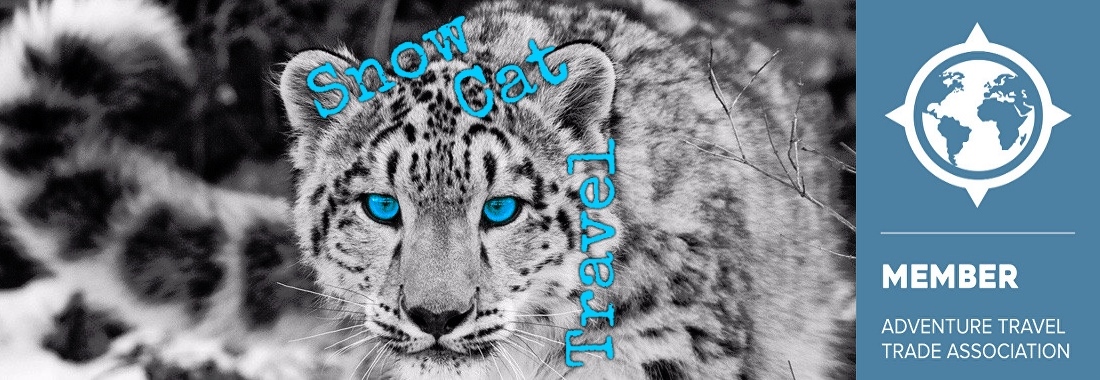

All rights reserved. Snow Cat Travel is a Registered Trade Mark UK 00003289264

